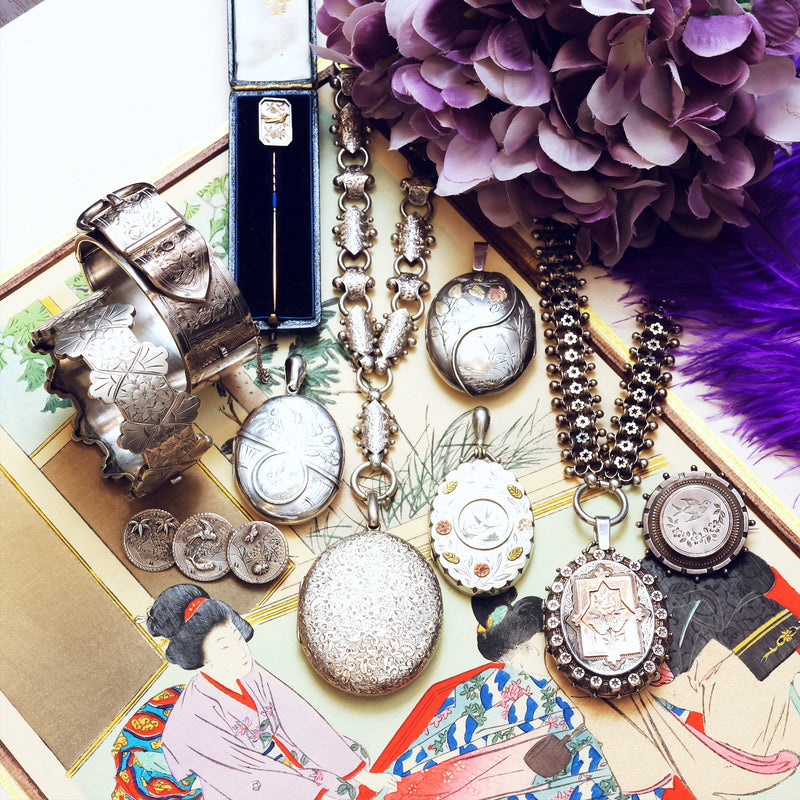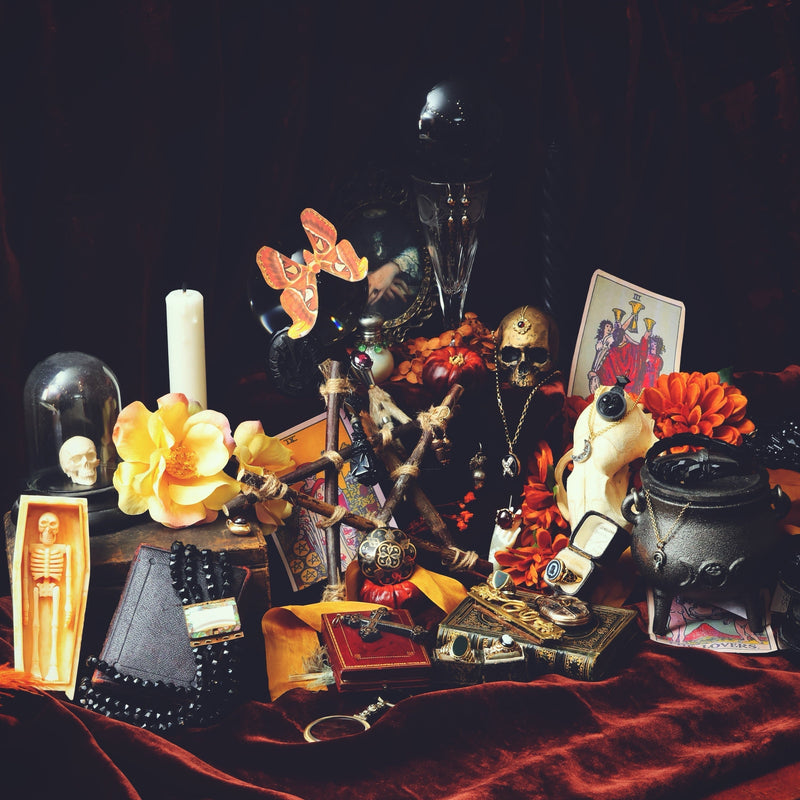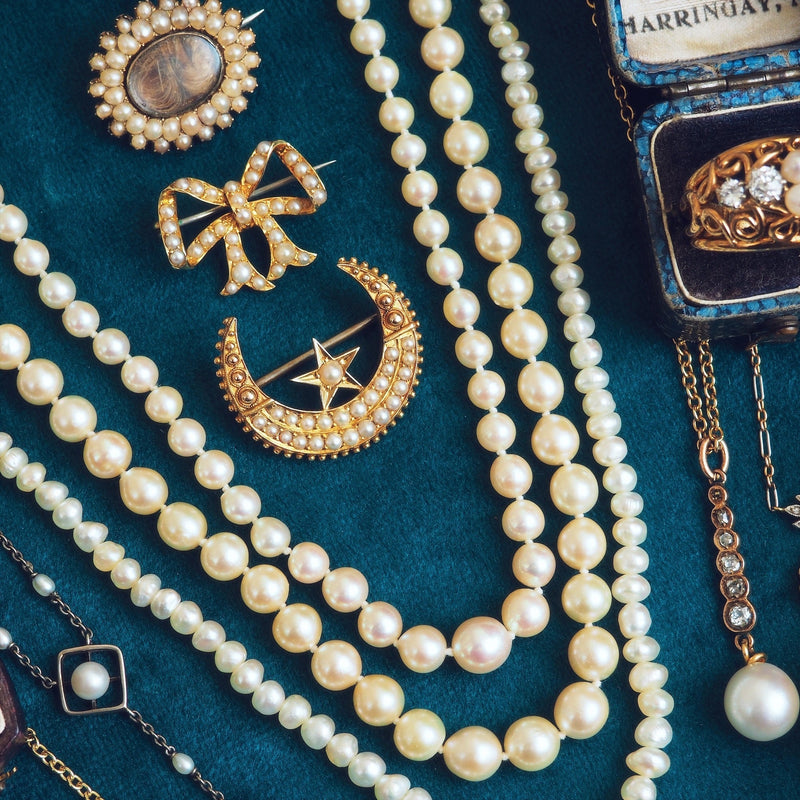
At the heart of the Aesthetic Movement (1860-1890) was the rejection of Victorian materialism, morality, conformism and industrialism. Art was to be for art’s sake, and to be considered solely for its beauty, and not for its deeper meaning or financial value.
'Beauty has as many meanings as man has moods. Beauty is the symbol of symbols. Beauty reveals everything, because it expresses nothing. When it shows itself, it shows us the whole fiery-coloured world'.
Inspiration was found in cultures across the globe and periods throughout time. The Etruscan and Egyptian revivals continued to influence this period, both exotic costumes and jewels adopted by the theatre stars of the day; and they were joined by Oriental motifs, in particular the Japanese decorative arts, spurred on after the easing up of trade sparked interest and exposure to its artistic culture as seen at the 1862 Exhibition in London.
'Individual Aesthetic artists drew inspiration from a variety of cultures and periods. They found beauty in Renaissance painting, ancient Greek sculpture and East Asian art and design, especially Japanese prints. This rich eclecticism is one of the Aesthetic Movement's most intriguing characteristics.' V&A

A revolution in Japan in 1868 hastened the industrial development of the country and furthered the trade to the west making items such as hand printed fabrics, kimono, cloisonne enamels, lacquer wares, woodcut prints, mixed metal Shakudo work easier to acquire. Japan participated in the major international exhibitions displaying beautiful traditional collections which were much admired and so the taste for Japonaiserie amongst the European public grew.
A whole new flavour of inspiration took artists and artisans...Japanese woodblock prints became a source of expression, the rare and novel taste of the orient became the height of popularity and this was explored by jewellers, who didn’t slavishly copy the styles as they had in the Etruscan revival, they used them as an influence in their handmade creations; a fantastic cross pollination of ideas was afoot across the mass of workshops active in the famous jewellery quarter in Birmingham.
The fashion at this time was for small brooches and pins which were often worn across necklines, and small stud earrings paired with large oval shaped lockets (as you'll see in our collection here) also became en vogue. The designs they created deliberately lacked the symmetry and precision of the earlier, more formal Victorian era, and appealed to the “new” Victorians seeking something fresh. They incorporated motifs oft seen in 'Japanese' design such as fans, spiders webs, cranes, butterflies and bamboo... sometimes picked out for instance in Gold against a Silver base adapting the idea of the traditional Japanese mixed metal work such as shibuichi and shakudo to a western taste.
There were a selection of metals used during this period: Gold, rolled gold, Silver, dark oxidised Silver, newly available Aluminium; each appreciated for its own decorative sake, the cost of the materials being irrelevant. Read further about the Aesthetic Movement here.



